World Bee Day is 20 May 2023 and it's the perfect opportunity to remind ourselves of the importance of these pollinators. As the UN states "Bees and other pollinators, such as butterflies, bats and hummingbirds, are increasingly under threat from human activities. Pollination is, however, a fundamental process for the survival of our ecosystems. Nearly 90 per cent of the world’s wild flowering plant species depend, entirely, or at least in part, on animal pollination, along with more than 75 per cent of the world’s food crops and 35 per cent of global agricultural land. Not only do pollinators contribute directly to food security, but they are key to conserving biodiversity.
Get involved with World Bee Day by doing something for the bees. Here are a few ideas below.
Want more on supporting pollinators?
The best plants for butterflies
How to attract wildlife to your garden
Create a wildlife garden
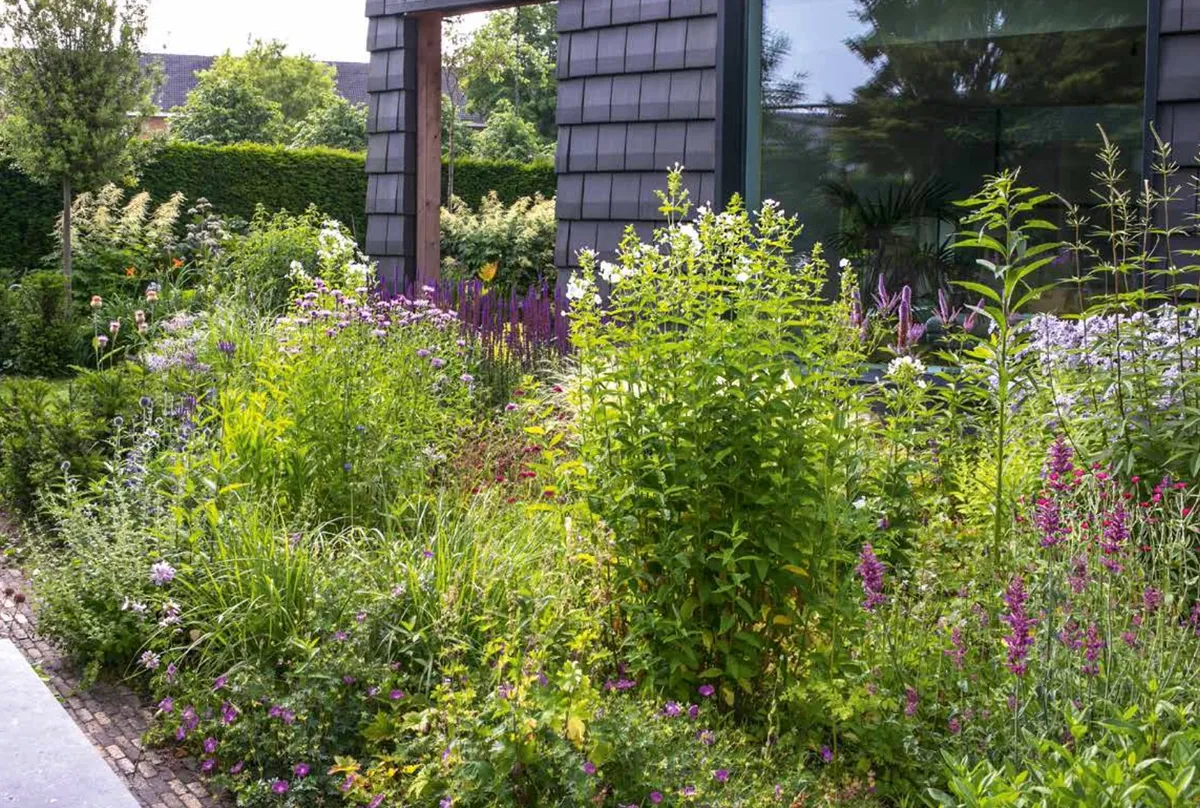
Get started on creating a real 'wildlife garden'. Improve habitats for pollinating insects like bees and butterflies and use the best plants and flowers to help attract them into your outside space. We show you how and answer common questions like what does 'pollinator-friendly' mean?
Find out more about creating a wildlife garden here.
Plant bee-friendly plants
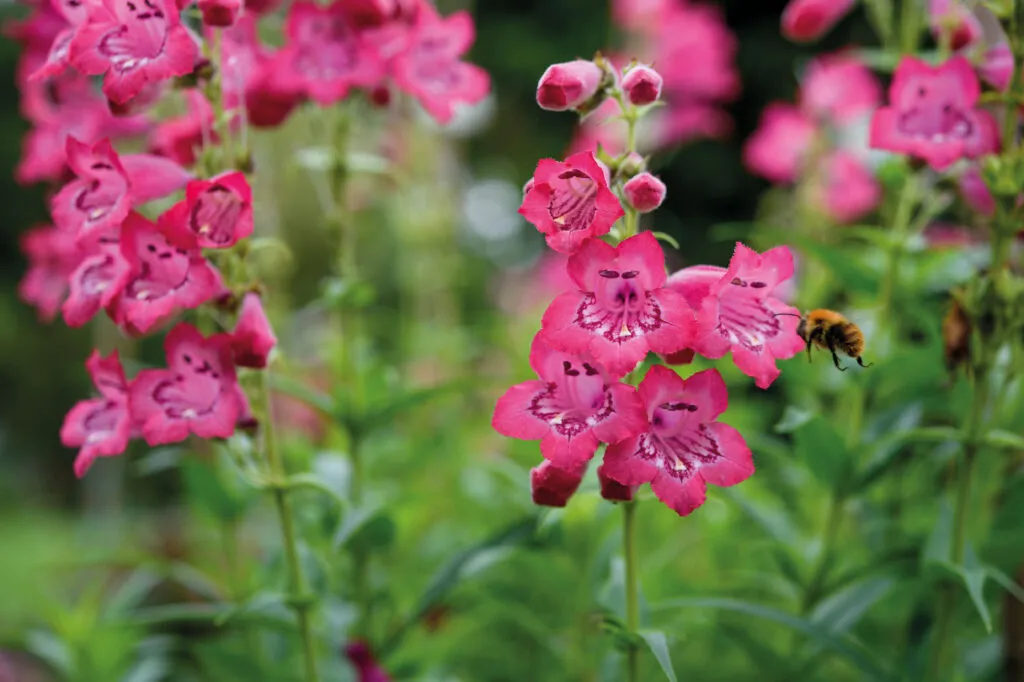
The best way to encourage pollinators into your garden is to plant some bee-friendly plants. From flowers, such as echinacea and clematis, to grasses, such as Carex elata 'Aurea', there is a huge variety of plants you can incorporate into your planting scheme to attract more bees and butterflies to your patch.
Find out more about bee-friendly plants here.
Grow bee-friendly container displays

If you have a small garden or a balcony and want to attract pollinating insects like bees and butterflies, this container display has been planted with bee-friendly plants, including orlaya and poppies, and would suit an outside space of any size. The display is created by gardener Julia Wylie, who specialises in naturalistic planting schemes.
Find out more about bee-friendly container displays here.
Don't mow your lawn for a while
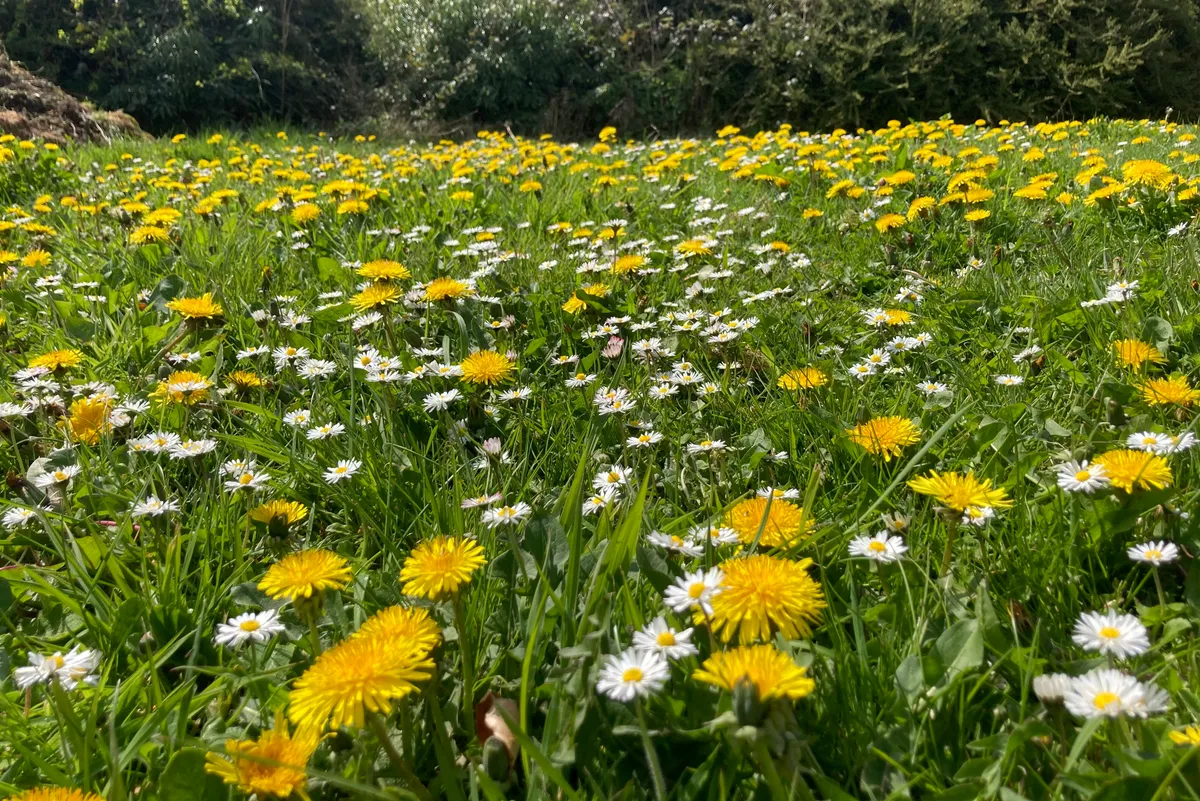
It's not too late to take part in No Mow May, a national campaign encouraging us to let our lawns re-wild and bloom with dandelions, daisies and other pollinator-friendly wildflowers. The perfect excuse to put your feet up and give your lawnmower a rest for a few weeks.
Find out more about No Mow May.
Splash out on the perfect home for bees
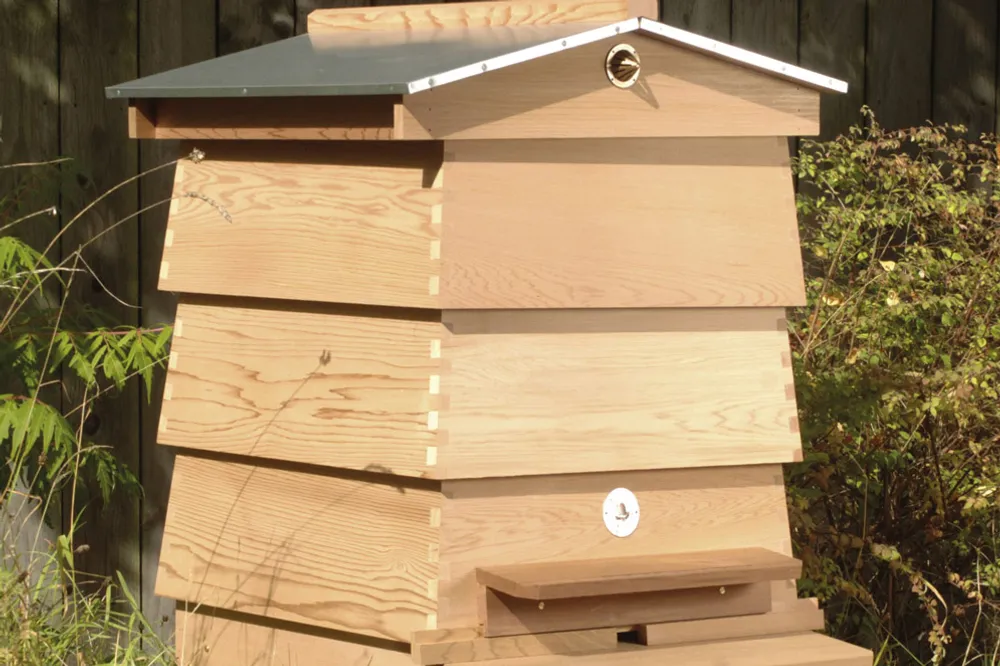
Encourage the bees in your garden by investing in one of these brilliant bee hives. They come in a variety of designs to encourage everything from solitary bees to honey bees, making your garden a go-to location. A quality bee hive will provide a lasting useful home for your garden guests year in year out.
Find more garden bee hives in our round-up.
Read more about these wild bee hives
Read up and get environmentally savvy
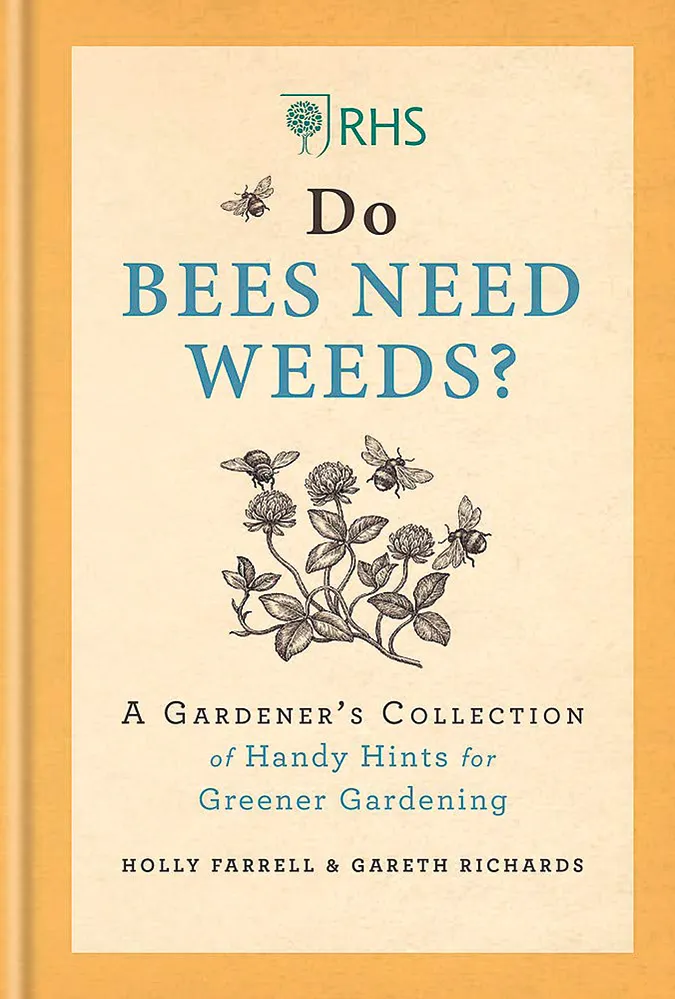
Do Bees Need Weeds from the RHS is a great place to start. It's a compendium of practical and comprehensive advice that will help you to garden in sustainable and environmentally friendly ways. Reviewed here by plantsman John Hoyland.
Build a bug hotel
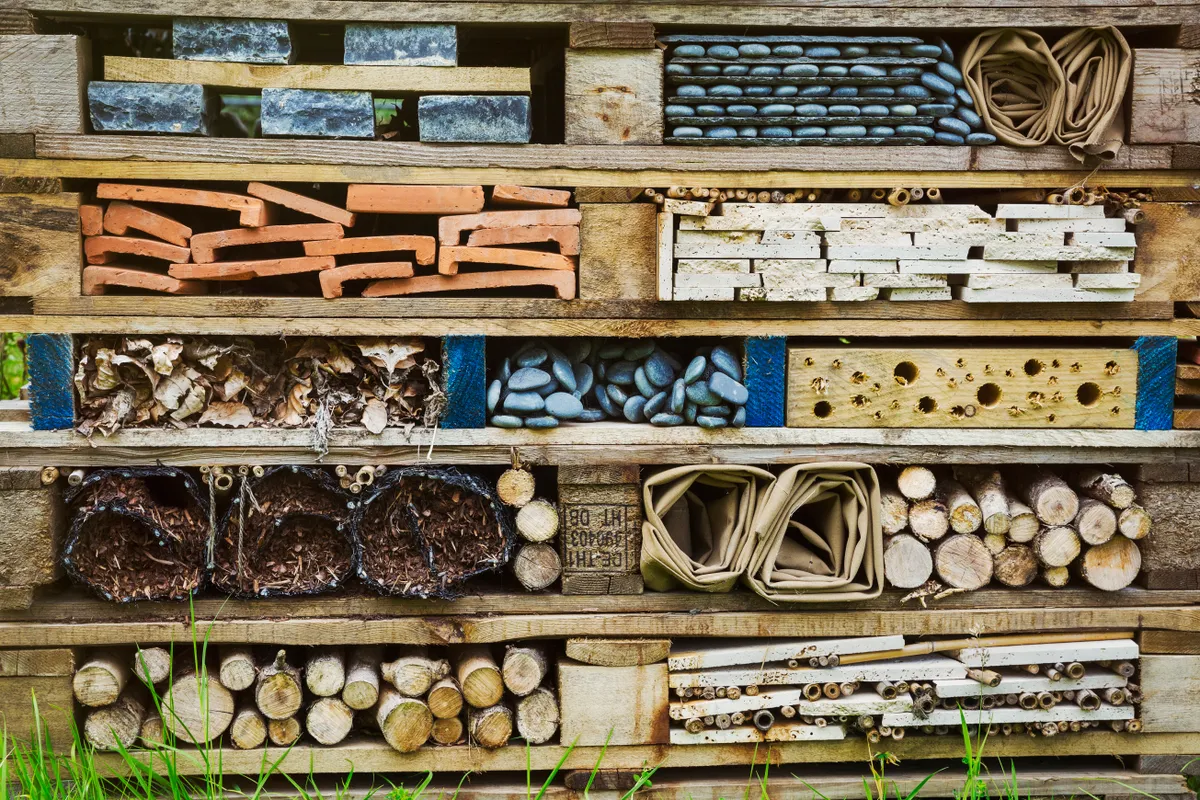
One habitat you can provide is an insect or bug hotel – a layered structure of gaps and crevices to provide a home for lots of different types of mini-beasts, such as ladybirds, bees, spiders and woodlice. It's a safe space for these insects to lay their eggs, raise their young and shelter from predators.
